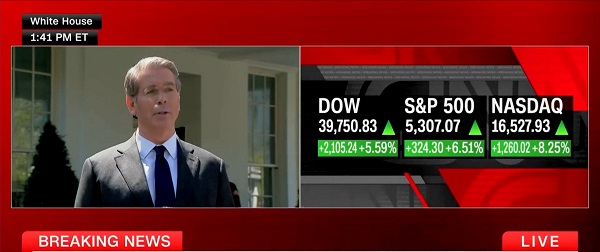In today’s day and age, the variety of new and used vehicles available to consumers has gone up tenfold in comparison to what our parents grew up with. Power windows, cruise control, and air conditioning used to be the hot commodities to look for in vehicles. Now, the world of autonomous driving is at our doorstep. Technology has been implemented into every vehicle whether it is something the driver can twist by the turn of a knob or a computer module telling the engine how much turbo it needs to take in. With this ever-increasing number of different makes, models and technologies, consumers have the ultimate question: is it more beneficial to purchase a new or a used vehicle?
Price is one of the biggest and most important factors that the industry sees everyday for a vehicle purchase. While some customers may be paying cash for the full amount, a majority are focused on the monthly payment. This is where the amortization period and interest rate versus a new or used vehicle needs to be calculated. This will not only determine if the vehicle works for a monthly budget but also it will show if a new vehicle will only be a minimal dollar increase compared to purchasing a used vehicle. The articles photo shows a diagram of an example with taxes and fees all included.
As you can see from the illustrations, interest rates can change a monthly payment quite drastically but it is dependent on the amortization period. The longer the term of the loan, the more the interest can add up and the total cost of the vehicle will also increase. Therefore, it is very important as a consumer to understand the benefits of interest rate versus price.
The next big factor when purchasing a vehicle will be depreciation. A vehicle that is five years old will have seen roughly 50-60% depreciation depending on the condition and kilometers of the vehicle. Many websites will state that exact percentages for the first and second year but there are actual factors that determine these percentages and will make them vary. New model year changeovers, manufacturer discounts and the kilometers put on a vehicle will affect the value of the vehicle. If the vehicle is going to be kept until it is sent to the wreckers in fifteen to twenty years then depreciation will be the least of concerns.
The remaining warranty of the vehicle can also play a decisive role in a purchase. The monthly cost for repairs will be a considerable factor if a vehicle no longer has any warranty left. With how much technology is being implemented into newer vehicles, the cost to replace computers and electronics can be expensive. The two major warranties to inquire about will be comprehensive and powertrain warranty. Comprehensive warranty will cover almost everything between the vehicle’s front and rear bumpers and the powertrain warranty will cover the engine components, drivetrain and transmission. There are other warranties that come with vehicles but these two will be the biggest ones that will cover unexpected costs in vehicle repairs. Bear in mind, vehicle maintenance will be different than vehicle repairs and some manufacturers also include maintenance in their warranties.
At the end of the day, the choice will always be up to the consumer. Purchasing a new vehicle can have its perks at a higher cost; while purchasing a used vehicle can allow allotment of money to go elsewhere. Numbers, budgets and benefits will determine a vast majority of vehicle purchases. However, there will always be the one last factor the seals the deal: the emotion of loving the vehicle that you just bought. We hope you’ve enjoyed this article, please check out our next one which will be titled, “Do I need to take my car to the dealership I purchased it from for service?”
For more information CLICK HERE.
Related




 Also Interesting2 days ago
Also Interesting2 days ago
 Justice2 days ago
Justice2 days ago
 Alberta2 days ago
Alberta2 days ago
 Business2 days ago
Business2 days ago
 COVID-192 days ago
COVID-192 days ago
 COVID-192 days ago
COVID-192 days ago
 Business2 days ago
Business2 days ago
 Business2 days ago
Business2 days ago
















